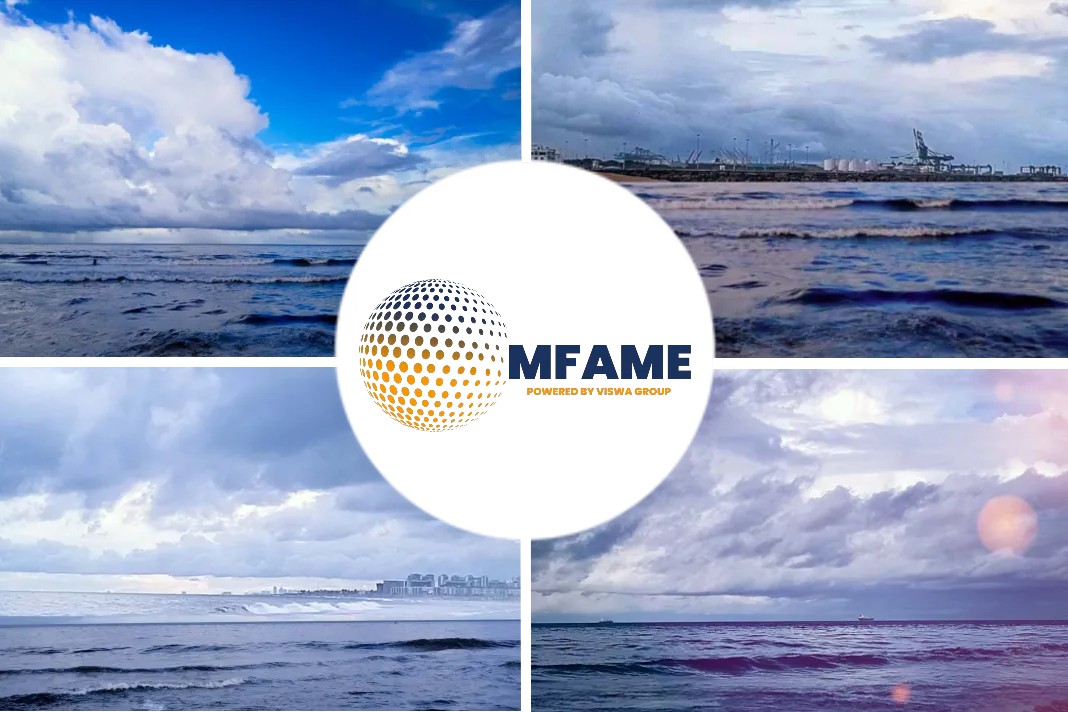- The Baltic Dry Index (BDI) Index plunged over 82% from a 52-week high of 5,650, marked in October 2021 to the current value of 1,002, which is the lowest in over 2 years.
- This index fell around 93% from the peak in 2008 during the financial crisis as demand for commodities tanked due to economic turmoil.
- This is an index that might help to justify the recent fall in commodity prices and why the rally in the equity markets might not be sustainable.
A recent news article published in the Investing.com states that Baltic Dry Index Plunged Over 80%: What is it & Why We Need to Worry?
London-based Baltic Exchange
But what exactly this lesser-known but quite important index is?
The BDI is an index created by the London-based Baltic Exchange which denotes the average freight cost for transporting raw materials via dry cargo ships of three sizes – Capesize (the largest), Panamax, and Supramax (the smallest). These three carriers have their own individual freight cost indices and constitute 40%, 30% & 30%, respectively to a composite index, i.e. BDI.
The freight costs are being gathered by the Baltic Exchange through direct contact with dry bulk shippers. These costs are for specific ~20 key shipping routes in the world which goes into the calculation of the benchmark rate (BDI) for dry bulk shipping.
Now, what does the BDI depict?
As it simply reflects the freight cost, a fall in the BDI reflects lower demand for these vessels and vice versa. As these carriers transport important raw materials such as coal, iron ore, cement, etc. which are further used as inputs for intermediate and finished goods, a suppressed demand (translating into lower freight cost) is not a healthy sign for the global economy. Therefore It is also considered a leading economic indicator.
A consistent fall in the BDI (the current scenario) is more concerning as the supply side of the industry almost always remains stable because these carriers can’t be built overnight. Sometimes it even takes more than a couple of years to build a Capesize ship, that is so large that it cannot cross the Suez canal. As the supply side of the equation remains quite stable, demand is almost always the major factor that determines the freight cost.
Hence a relentless fall in the BDI can more or less be translated into a consistent demand hit for raw materials and a 2-year low price is a bit more concerning, especially when the world is already talking about a global recession and the US Fed’s firm stance on increasing rates even at the cost of economic growth.
Did you subscribe to our daily Newsletter?
It’s Free! Click here to Subscribe
Source: Investing.com






















